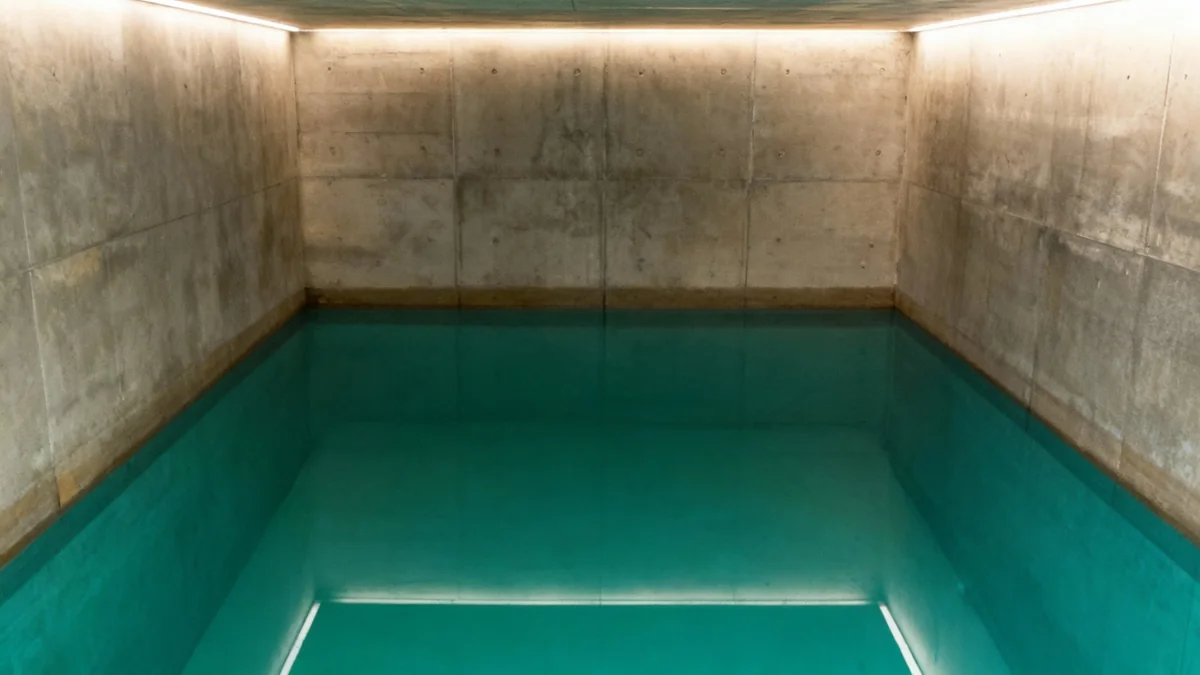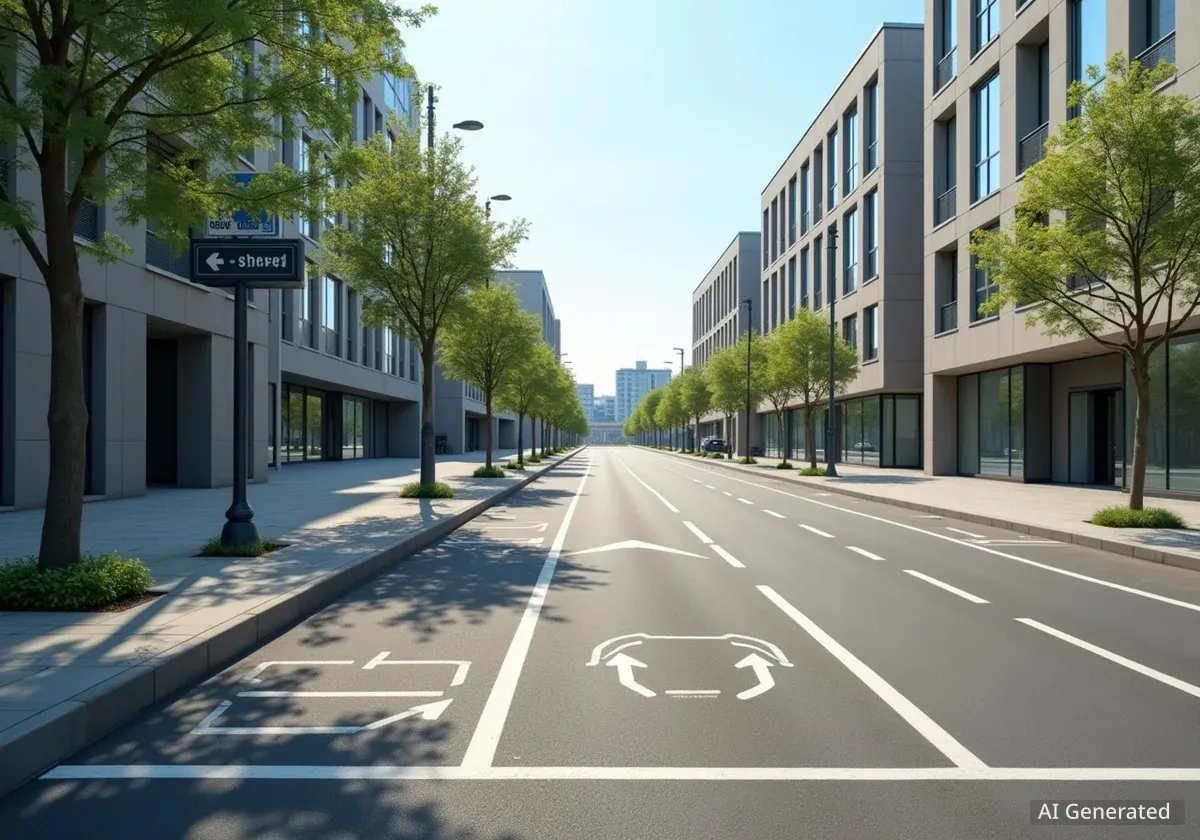The Bern region has officially opened its largest drinking water reservoir, Mannenberg, after a four-year construction period. This new facility can store 30,000 cubic meters of water. It ensures a stable water supply for 135,000 people across 32 communities. The project cost 43 million Swiss francs and replaces a 100-year-old reservoir that no longer met modern standards. This marks a significant upgrade to the region's essential water infrastructure.
Key Takeaways
- New Mannenberg Reservoir stores 30,000 cubic meters of drinking water.
- It supplies 135,000 people across 32 communities in the Bern region.
- The four-year construction project cost 43 million Swiss francs.
- The reservoir uses a unique biological monitoring system with minnows.
Upgrading Bern's Water Infrastructure
The Mannenberg reservoir, located between Bolligen and Ittigen, has been a key part of Bern's water supply for over a century. The original facility, built in 1906, became outdated. Its replacement was a large undertaking. The new reservoir began operations recently.
This modern facility is the largest drinking water reservoir in the Canton of Bern. It holds a significant volume of water. This capacity is crucial for meeting the daily needs of a growing population. The project ensures reliable access to clean drinking water for many residents.
Mannenberg Reservoir Facts
- Capacity: 30,000 cubic meters
- Service Area: 135,000 people
- Number of Communities: 32
- Construction Cost: 43 million Swiss francs
- Construction Duration: 4 years
The Journey of Water from Emmental
The drinking water supplied by the Mannenberg reservoir originates from the Aeschau groundwater catchment in the Emmental valley. From there, the water travels 33.5 kilometers to the reservoir. This journey takes approximately eight hours. The water flows naturally, without the need for additional energy.
Thomas Ammon, the overall project manager for the Bern Region Water Association, highlighted the quality of this water.
"This groundwater is very clean and can be consumed without hesitation and without treatment," said Ammon.He also emphasized continuous monitoring of the water quality.
Historical Context of Bern's Water Supply
In the late 19th century, many homes in Bern lacked direct access to drinking water. Residents had to collect water from public fountains. As the city grew, demand for in-house water connections increased rapidly. This led to an explosion in water consumption. The city government then focused on expanding its water supply. This effort marked the beginning of Bern's pressurized water system. The groundwater source in Aeschau, Emmental, was developed. A 33.5-kilometer pipeline was built to the Mannenberg reservoir. This pipeline had a 60-meter drop, allowing gravity to move the water.
Innovative Water Quality Monitoring
Beyond advanced analytical equipment, the Mannenberg reservoir employs a unique biological monitoring system. Small, scaleless freshwater fish called minnows swim in a dedicated aquarium. These fish are known for their sensitivity to changes in water quality.
Ammon explained the system:
"These fish react very sensitively to a change in the water."A camera continuously monitors the minnows. If they display unusual or unnatural behavior, software registers this change. An alarm is then sent to the well master. This biological backup adds an extra layer of security to the water supply.
If an alarm is triggered, staff would check measuring instruments in the reservoir for any corresponding changes. In a worst-case scenario, the reservoir might need to be taken out of service.
"The fish are our biological backup," Ammon stated.This approach combines traditional biological indicators with modern technology to ensure water safety.
Challenges and Future of Water Supply
Despite the advanced infrastructure, water suppliers face ongoing challenges. New substances constantly emerge that could pose health risks if they enter the water supply. Martin Frey, CEO of the Bern Region Water Association, described this as a latent risk for water providers.
Frey expressed concerns about the future.
"We don't know what substances used today will be a problem tomorrow," he said.He also noted the uncertainty about how to remove such substances from water if contamination occurs. Water treatment would significantly increase costs if it became necessary.
To address these challenges, the Bern Region Water Association maintains a comprehensive monitoring program. This system aims to detect developments early. The association also strongly advocates for proactive groundwater protection. The goal is to prevent harmful substances from entering the water cycle in the first place. This preventative approach is crucial for maintaining the high quality of drinking water in the long term.
Environmental Considerations and Public Opposition
The construction of the new Mannenberg reservoir faced public opposition. A significant concern was the need to clear a large area of forest. In total, an area equivalent to seven football fields of forest had to be removed for the construction site.
Several objections were raised against the project. However, the Canton of Bern ultimately granted the necessary deforestation permit. The project proceeded, balancing the need for critical infrastructure with environmental impact concerns. This decision highlighted the complex trade-offs involved in large-scale public works projects.
Formation of the Bern Region Water Association
The Bern Region Water Association was established in 1974. This occurred because the City of Bern required additional water resources. The canton approved the expansion, but with a condition: surrounding communities also needed to be supplied with drinking water.
Fifty years after its founding, the association now includes 32 municipalities. This regional collaboration ensures a widespread and stable water supply. It reflects a growing understanding of shared resource management and the importance of inter-municipal cooperation for essential services.




